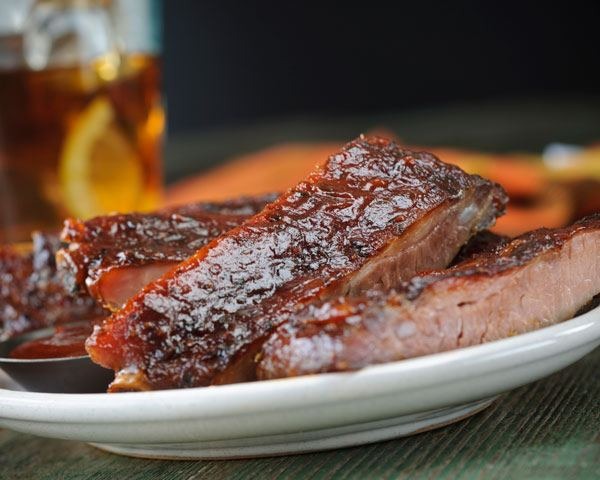The 13 Most Fattening Foods On Earth
What is it about fattening foods that lures us in like moths to a flame? Fat is flavor, after all, so the more fat a food has the tastier it will be. Add in copious amounts of salt or sugar, and you've got a prescription for addictive tastiness. From ice cream to chicken fried steak, we've rounded up the 13 most fattening foods on the planet.
The 13 Most Fattening Foods on Earth (Slideshow)
There's no question what the single most fattening food on the planet is: that would, obviously, be pure fat, which comes in a few forms. There's animal fat (lardo, or cured pork fat, is probably the food product that contains the most of it); there's dairy fat, which is butter in its most concentrated form; and there are nut and vegetable fats, which are pure oil (like olive, peanut, or soybean oil) in their most concentrated forms. So whichever foods contain the most of these fats are, quite obviously, the most fattening foods around.
If there's one way to demonstrate the genius of man, it's through his ability to cram as much fat as possible into food. Steak is fatty on its own, but why not batter and deep-fry it? Then, just for kicks, let's top it with cream gravy! Seriously, It's a little ridiculous. A burger patty can contain upwards of 20 percent fat, so let's fry a half-pound patty on a griddle and top it with cheese and bacon! Why? Because it's freakin' delicious, that's why.
So while it's pretty obvious that the foods on our list are full of fat, what might surprise you is exactly how much fat these foods actually contain. For example, if an 8-ounce (224 gram) beef patty contains 20 percent fat, that means that 20 percent of those 224 grams are pure fat — about 45 grams. And that's before the cheese.
So while there are good fats and there are bad fats, most of the fats we consume are undeniably bad. And these foods contain more of it than just about any other food on earth.
Dan Myers is the Eat/Dine Editor at The Daily Meal. Follow him on Twitter @sirmyers.
This story was originally published February 7, 2014.
